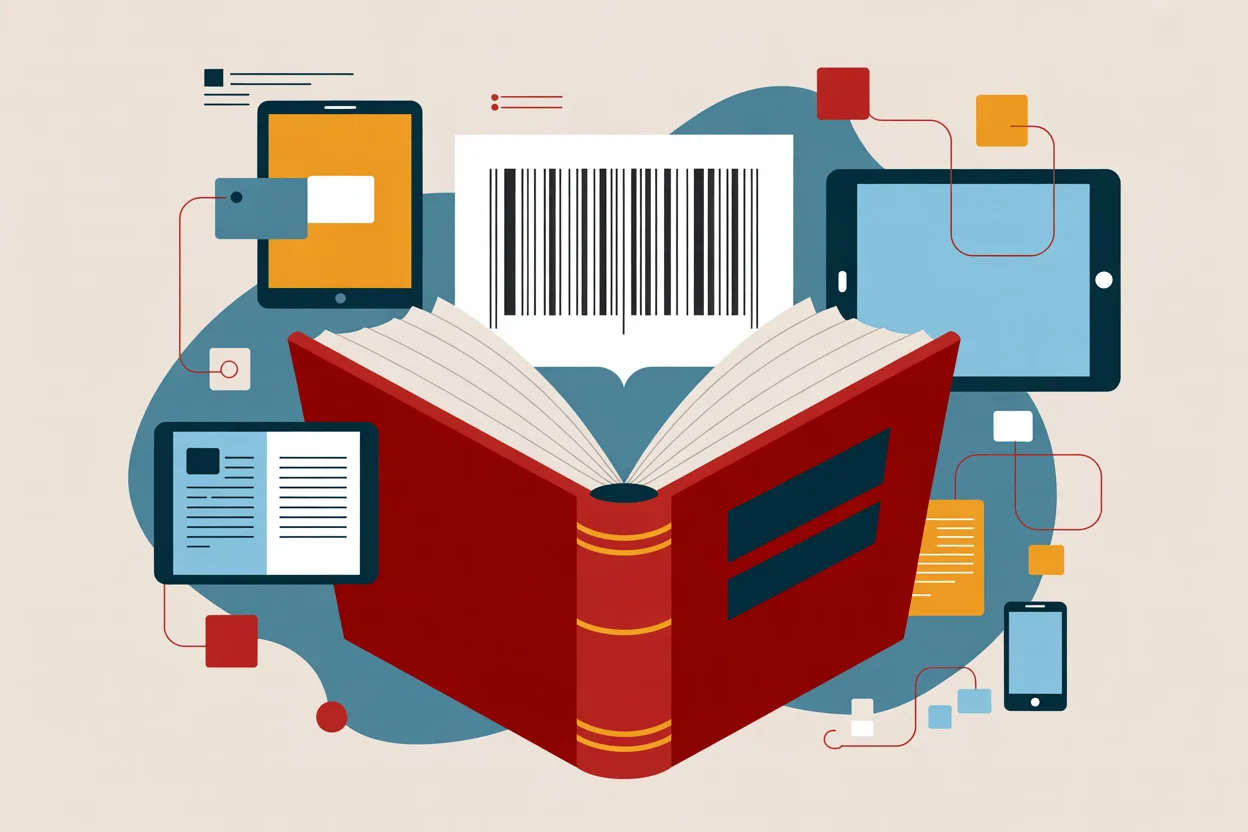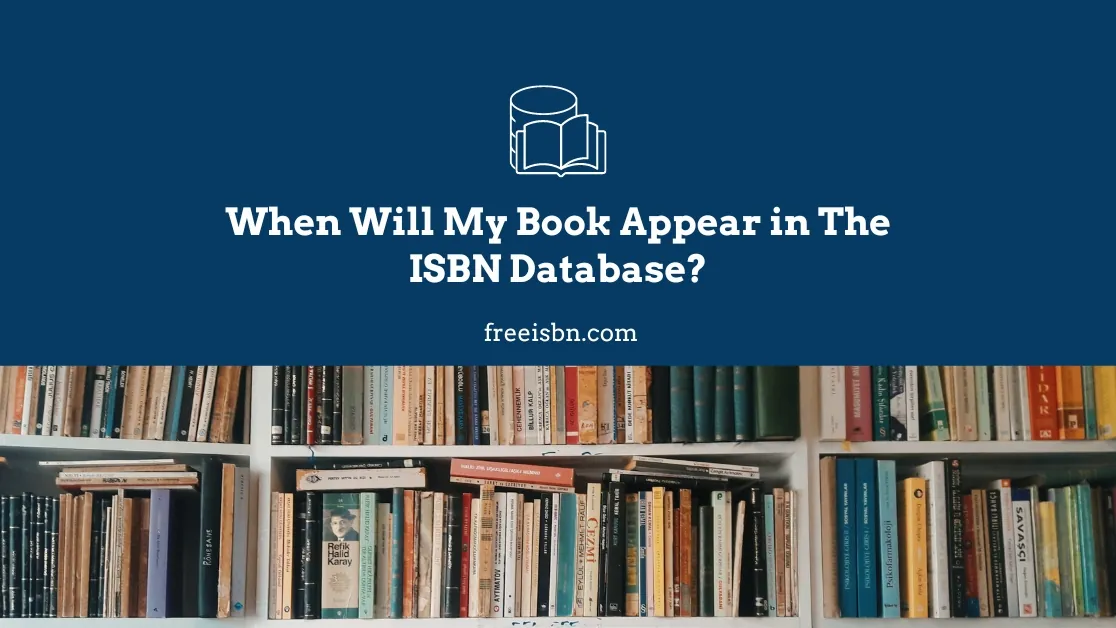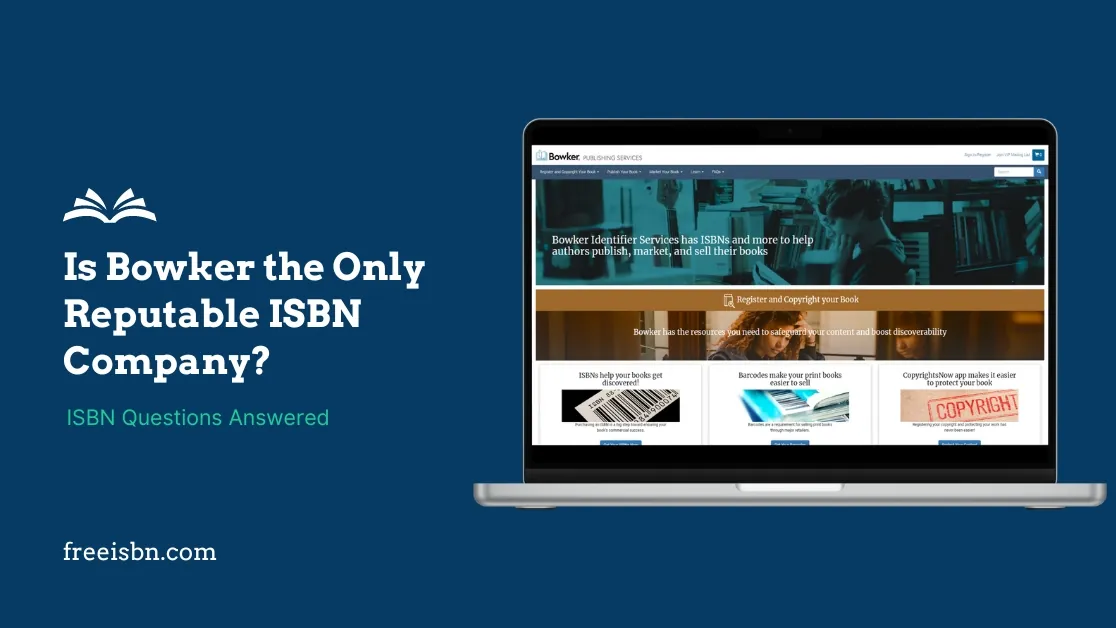
ISBN Numbers Reveal Complex Dynamics in Publishing Industry and Digital Lending Debate
The Hachette vs. Internet Archive lawsuit reveals ISBNs are more like product codes than content IDs. This has major implications for digital lending and access to information. Learn more about the limitations of ISBNs!
A detailed examination of documents from the Hachette vs. Internet Archive lawsuit has brought to light significant insights about the nature and limitations of International Standard Book Numbers (ISBNs) in the publishing industry, particularly as they relate to digital lending practices.
Understanding ISBNs as Product Codes
The “BN” in ISBN stands for “BOOK NUMBER,” while “IS” represents “INTERNATIONAL STANDARD.” According to the International Standards Organization, an ISBN serves as “a unique international identification system for each product form or edition of a separately available monographic publication published or produced by a specific publisher that is available to the public.”
Investigation reveals that ISBNs function more as product codes than content identifiers. Each format of a book—hardback, trade paperback, mass-market paperback, MOBI ebook, and EPUB ebook—receives a distinct ISBN, even when published by the same company. This system mirrors how UPC codes operate for consumer products like dish soap, where different sizes and varieties receive unique identifiers.
The term “book” in ISBN has proven problematic, as it fails to capture the precise nature of what these numbers identify. When someone mentions reading a book, they typically refer to the content rather than a specific format—a distinction that becomes crucial in understanding the current digital lending debate.
Historical Context and Limitations
The ISBN system’s implementation in 1970 coincided with the development of Universal Product Code (UPC) concepts across various retail sectors. This relatively recent origin means that publications predating 1970 lack original ISBNs, though newer editions of these works may receive them when reissued for current markets.
In a revealing example of the system’s retail focus, bookstores previously assigned ISBNs to non-book items like stuffed animals to accommodate their point-of-sale systems, though this practice has since been discontinued.
The Digital Lending Controversy

The ongoing lawsuit between Hachette-led publishers and the Internet Archive highlights a fundamental tension between commercial and educational approaches to books. Publishers quantify their claimed damages using ISBN counts, while libraries approach the same materials from a content-centric perspective.
The Internet Archive’s practices reflect traditional library methodology, where multiple ISBNs often appear in a single metadata record. Libraries typically consider different formats interchangeable from a reader’s perspective, focusing on content accessibility rather than product differentiation.
Library Practices vs. Commercial Approaches
Library systems demonstrate a markedly different approach to ISBNs compared to retail environments. While commercial platforms like Amazon separate formats with unique ISBNs and corresponding prices, libraries often consolidate multiple formats under a single record. This practice prioritizes user access to content over format-specific distinctions.
Libraries do differentiate between formats requiring special hardware or software. However, even in digital lending, ISBN limitations become apparent as services can provide various ebook formats from a single metadata record, despite each format having its own ISBN for sales purposes.
Digital Object Identifiers: A Modern Alternative with Limitations
The Digital Object Identifier (DOI) system, introduced in 2000, presents its own set of constraints. While widely adopted in academic and scientific publications, DOIs have limited penetration in social sciences, political writing, and journalism. This gap creates an arbitrary boundary in the digital knowledge landscape, potentially excluding significant portions of published work from systematic tracking and citation.
Implications for the Future
The analysis demonstrates that while identifiers serve essential functions in publishing and library systems, their limitations and varying applications across different contexts require careful consideration. The current legal battle between publishers and digital lending services highlights the need for a more nuanced understanding of how these systems interact with evolving models of content distribution and access.
The distinction between books as commercial products and as vessels of information continues to shape discussions about digital lending, copyright, and the future of publishing. Understanding these dynamics proves crucial for stakeholders throughout the publishing and library ecosystems as they navigate ongoing changes in how content is distributed and accessed.

Lisa Millas
Freelance Writer & Editor
Lisa Millas is a freelance writer and editor specializing in the self-publishing niche.
More posts by Lisa Millas

